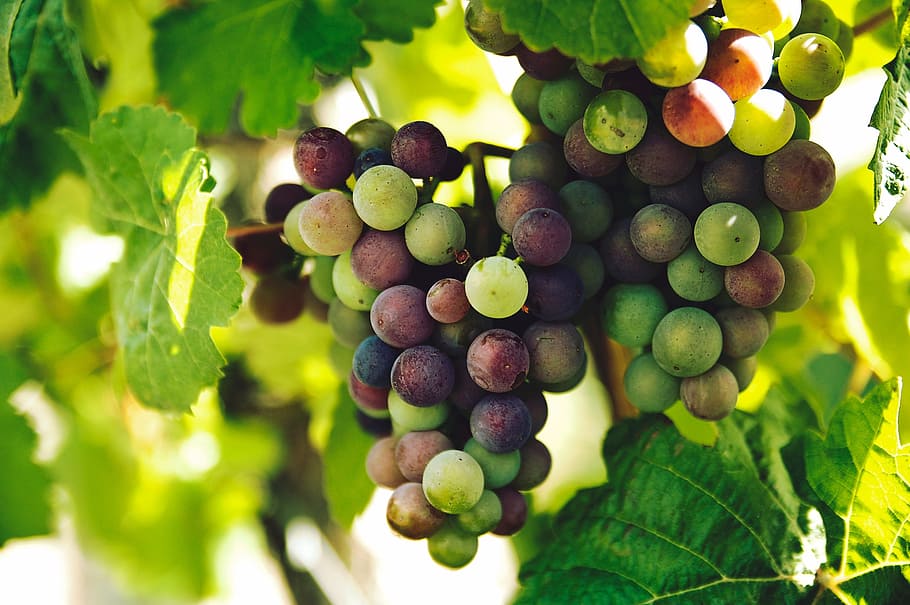| Sauvignon blanc |
| Has produced outstanding wines in New York. However several major problems with the variety suggest that it should be planted with caution. It is a very vigorous variety with a long vegetative cycle. Cold hardiness is difficult to attain in our climate, and its maximum hardiness appears to be quite low. The clusters are very susceptible to Botrytis infection and the strong vegetative growth produces a large canopy which increases bunch rot potential and reduces vine fruitfulness. We have only tested a single clone from California. Clones from Europe are reported to have shorter vegetative cycles and might be better adapted to New York. |
| Scarlet |
| seedless for fresh eating; ripens midseason; cane prune. |
| Schuyler |
| for fresh eating; ripens midseason; spur or cane prune. |
| Scuppernong |
| The first cultivated wine grape in this country was discovered in North Carolina on the banks of the Scuppernong river in the early 16th century. Today the Scuppernong is mostly turned into jams, jellies, juices, and local wines. |
| Seneca |
| white grape with oval berries on medium-sized clusters. Berries have a firm texture, and the skin adheres to the flesh. The flavor is excellent, with pleasing labrusca overtones. The vine is susceptible to winter damage and powdery mildew. |
| Seyval |
| (Seyve-Villard 5-276, commonly marketed as Seyval blanc) is one of the most widely planted hybrid grapes east of the Rocky Mountains. When harvested at optimal maturity, its wines have attractive grassy, hay, and melon aromas. The body tends to be thin, and malolactic fermentation and barrel fermentation/oak aging are used to enhance quality. The vine tends to overbear and must be thinned to ensure proper ripening and to maintain vine size. Grafting is also recommended on all but the most fertile sites. Fruit clusters are very susceptible to Botrytis bunch rot. |
| Sheridan |
| produces large, compact clusters with large, black, Concord-type berries that ripen very late in the season. The vine is productive, vigorous, hardy, and easy to grow. |
| Steuben |
| bluish-black grape that produces long, tapering, compact clusters that are among the most attractive of all dessert cultivars. The flavor is sweet with a spicy tang. The vines are hardy, vigorous, productive, and easily grown by home gardeners. Cluster thinning is usually required. |
| Suffolk |
| The 'Suffolk' Red seedless grape is one of the tastiest seedless grape varieties. Suffolk Seedless grapes are an American red dessert variety with very tender skin and taste delicious eaten fresh. This grape is moderately winter hardy and is a good choice for a garden or commercial production. Self-pollinating. |
| Sugarone |
| green-skinned, seedless, large, elongated, plump fruit with firm, crisp flesh, and light, sweet flavor. Ripens early. |
| Swenson Red |
| produces large bunches with large red berries that may turn reddish-blue if allowed to remain on the vine. Hardiness in Minnesota is marginal, but the variety easily withstands the winters in most parts of New York. The berries are medium to large, uneven in size, and firm in texture with an adherent skin. The flavor is mildly fruity and pleasant. Downy mildew can be severe. This variety was released jointly by the University of Minnesota and Elmer Swenson, Osceola, Wisconsin, in 1980. |
